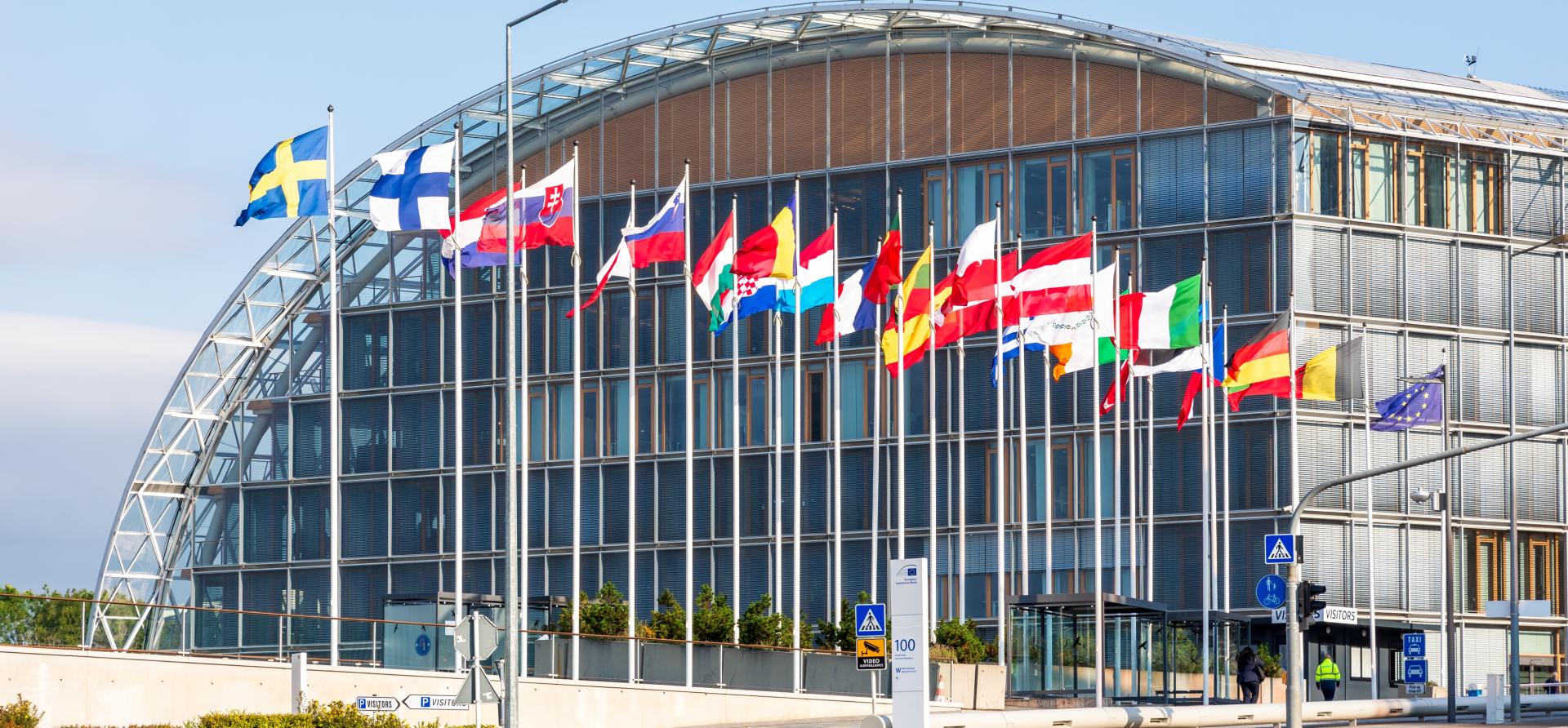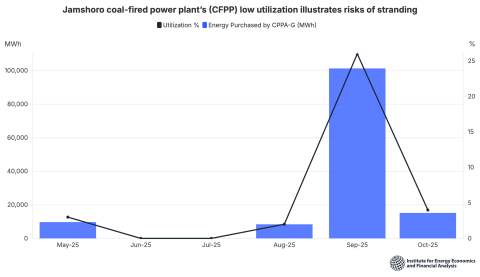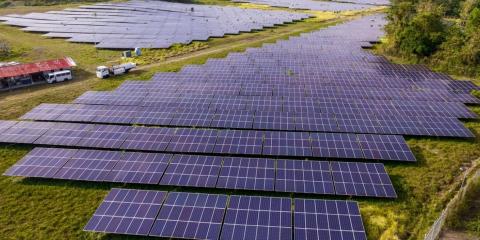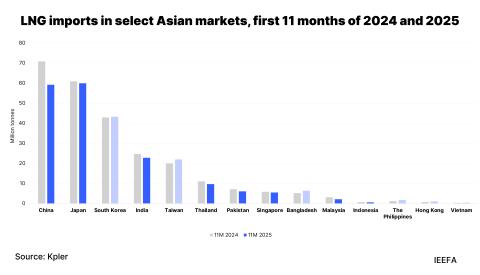European Investment Bank sets example with EU Green Bond issuance

Key Findings
The European Investment Bank has reinforced its role in developing the green bond market with a new issuance aligned with the European Green Bond Standard.
The issuance shows the relevance of the standard for public entities with complex project portfolios spanning various sectors and geographies.
The bank sets an example by gradually earmarking proceeds for EU taxonomy-aligned projects, even though the issue is small relative to its climate financing.
Post-issuance reporting will clarify allocations and impacts, potentially catalysing green bond market development.
On 2 April, the European Investment Bank (EIB) priced €3 billion of green bonds that will mature in 2037. The issuance marks the largest transaction aligned with the European Green Bond Standard (EUGBS) since it came into effect last December.
A pivotal transaction from a leading issuer
The issuance is a prominent step that reinforces the EIB’s role in advancing the green bond market. The bank was the world’s first green bond issuer in 2007. It has since established a leading position in shaping the green bond market and setting benchmarks. It has issued green bonds spanning a wide range of denominated currencies and maturity dates.
The new issue brings the total EUGBS-aligned bonds (EuGB) to €5.25 billion. This sum – from only four issuers – is small compared with the US$100 billion (€110 billion) of green bond issuance in Europe so far this year, with about 140 issuers entering the market, according to Environmental Finance Data. That said, as green investment demand grows, the potential for EuGB to become a new market segment remains strong. Issuance so far from four issuer types – a supranational entity, a private financial institution, a municipal and a corporate – sends a positive signal.
Capital raising for a complex mix of green projects
The EIB has a complex, large project portfolio in different sectors and geographies. It plays a key role as the EU’s policy bank to mobilise private capital. The new transaction sets an important example for other public issuers to follow suit and apply the EUGBS. In 2023, 97% of the EIB’s €15.6 billion of green bonds’ allocated proceeds were aligned with the EU taxonomy’s “substantial contribution” criteria. This shows the EU taxonomy is an effective tool to drive capital towards wide-ranging green activities, including transitional and enabling climate solutions, in line with EU climate and competitiveness objectives.
The EIB’s latest green bond framework reassures that all the bank’s green bond-eligible projects under the EU taxonomy’s scope of activities are aligned with the taxonomy’s substantial contribution criteria. Eligible project categories span diverse sectors including energy, construction, transport, water, information and communication, and research and development. The use of proceeds not aligned with the substantial contribution criteria are those non-taxonomy-eligible activities such as agriculture. Although the non-aligned amount is likely to remain small, this underscores the need for the taxonomy’s activity scope to be expanded.
A transparent, gradual alignment approach
The EIB’s inaugural EuGB demonstrates its commitment to aligning its portfolio with the EU taxonomy. Still, the €3 billion EuGB accounts for only a quarter of the EIB’s green-labelled bonds issued so far this year. Considering the bank’s €50.7 billion of climate and environmental financing in 2024 and target of reaching €1 trillion of climate and environmental financing between 2021 and 2030, there is significant room for the bank to expand the role of EuGB in overall funding.
While the bond framework shows high alignment with the substantial contribution criteria, alignment with the “do no significant harm” criteria – the other core component of the EU taxonomy – is less clear. The bank has so far provided a sample of eight aligned projects. This comes amid debate over the useability of the do no significant harm criteria, which could hinder the uptake of the EUGBS.
The EIB will improve transparency as it continues EuGB issuances, serving as an essential guide for other issuers. The bank has implemented rigorous assessment processes to identify fully taxonomy-aligned projects, which help it uphold the taxonomy’s principles and technical standard. The EIB is committed to fully allocating its bond proceeds within one year, setting a market-leading precedent for rapid allocation and enhanced credibility.
The EIB’s role in leading the way to improving transparency and alignment has become more important for the overall green bond market. This is because the EU remains uncommitted to adopting the EUGBS, citing the “fixed nature” of its post-pandemic NextGeneration Green Bond programme. However, NextGeneration green bonds have shown transparency in reporting taxonomy alignments of their allocated proceeds and eligible pool, with €53.5 billion unspent and fully taxonomy aligned as of August 2024.
Issuance costs and benefits
The EIB’s issuance process, in line with the EUGBS, adheres to the bank’s commitment to leading the implementation of the EU taxonomy and directing use of proceeds towards taxonomy-aligned activities. Compared with previous green-labelled issuances, the EuGB pre-issuance factsheet adds minimal reporting burden. The main addition is the external review – this issuance sees the EIB obtain reasonable assurance, representing best practice that boosts investor confidence.
More compliance costs may come from post-issuance reporting, as EuGB issuers are expected to assess and report on EU taxonomy-aligned allocated proceeds. The EIB has comprehensively reported project-level green bond allocated proceeds, but not full taxonomy-aligned allocated proceeds.
Issuers are weighing the benefits of EuGB issuances against compliance costs. While EuGB issuances have had strong subscription demand so far, the “greenium” at issuance remains inconclusive. Issuers with high EuGB readiness tend to have comprehensive green project pipelines and good transparency, somewhat explaining the generally good perception among bond investors. That said, issuers can benefit from a track record of EuGB issuances, allowing them to credibly showcase their coherence commitments, capital expenditure plans and investment portfolios.
Wider benefits and market development
The EIB’s transaction highlights the bank’s significant role in implementing the EUGBS to mobilise capital and support the development of the green bond market. The resulting benefits go far beyond cost of capital. The EIB has demonstrated how a gradual approach can be taken to enter the EuGB market, even if the bonds are earmarked with an initially small portion of taxonomy-aligned assets. This sets an important example for other public issuers. This includes sovereigns, which are among the largest green bond issuers, but their EuGB commitments are yet to be seen.
As the EIB allocates proceeds and reports on their impacts, it is expected to clarify the bonds’ contributions to wider EU climate and competitiveness objectives. This transparency, combined with the issuance catalysing the green bond market, will drive more participation as the EUGBS gains traction.















